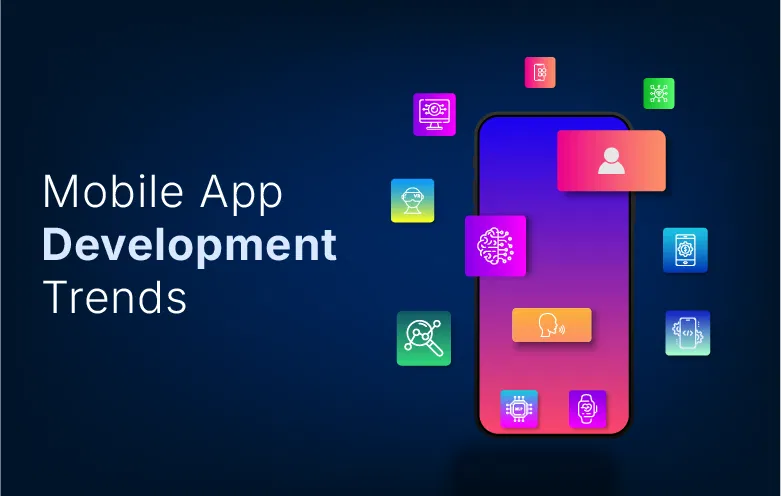Companies have been adopting all sorts of technologies to augment their processes and stay ahead of the competition. But now, the mobile world has opened boundless opportunities for companies to transform their business into a connected experience. This helps them to build better customer relationships, empower employees and achieve greater ROI. One such transformation is enterprise mobility driven by smartphones and tablets which has now become a crucial part of every company’s IT strategy.
Why enterprise mobility?
Enterprise mobility helps in mobilizing all the processes, improves transparency and increases productivity by bringing the organization together, enabling faster and easier ways of communication. Implementation of an enterprise mobility strategy increases employee job satisfaction by giving them the flexibility to perform their tasks. And it is helping businesses and customers both to operate easily and experience quick digital communications.
What are the questions that you must answer before creating a successful enterprise mobile strategy?
1. What is the purpose of your app?
You need to define the business goals that you want to achieve by building a mobile application for your enterprise. What are the problems that you want to address with the help of a mobile application? Are you building a new product or your application will be an extension of your existing web application?
Are you building a mobile application that would be used by your employees and help them to increase their productivity? Or you are building an application for your customers for easy browsing and selecting the product/service that best fits their requirements?
Let’s take a look at a use case to better understand the need for an enterprise mobility strategy. An FMCG company is working on its enterprise mobility and its utmost goal is to make buying easy for its customers. At the same time, the company also wants its employees to manage the work easily and efficiently.
So, the company decides to build a mobile application that displays and sells all its products and customers can browse them easily. They also created an employee-facing system for its staff to manage customer orders efficiently.
This is just an example to show that you need to understand your business goal, which will help you to define the roadmap for your enterprise mobility strategy for further development of your mobile application.
2. Who is your target persona?
Identify your target market. Are you targeting the audience of a specific age, gender, ethnicity, or designation? Is it a business application? Which industry do you want to cater to?
Like we discussed before, your end users can be your employees or your customers. This decision will help you to decide which features to incorporate in your mobile application.
3. What security measures should you take?
Security is the utmost requirement of any system that is built for transactions and has access to your company’s and customers’ data. Hence, the first thing you should implement is authentication. Then incorporate security standards to make sure that your system verifies the identity of your users and blocks hackers from accessing the application and its data.
- Consider using protocols such as OAuth 2.0, OpenID and two-factor authentication.
- You can ask users to log in through social portals like Facebook, Twitter, etc., or for biometric authentication as well.
At the same time, it is also important that you secure your data very carefully. You can classify your data as public, confidential and restricted data.
1. Public data is information that can be accessed by everyone without any restrictions. For example, blogs, press releases and marketing material, etc.
2. Confidential data are personally identifiable information that must not be accessed by anyone without permission. For example, the Social Security number of your employees.
3. Restricted data are confidential and personally identifiable information that is mandatory to be protected by law or policy. Such data require the utmost protection control to its access.
This categorization will help you to take appropriate security actions based on the category to make certain that your data is safe and secure.
4) Should you build everything by yourself or hire experts to execute a successful enterprise mobile strategy?
First, you must understand and evaluate the skill sets of your resources to make this decision. Then decide your budget and turnaround-time (TAT). Once you have decided these things, you’ll be in a better position to choose whether you should build it yourself or hire mobile experts.
There are chances that you might not have all the required skills and resources available in your company. And when you start from scratch, you might face hurdles and will have to make several trials to reach the right path. This can result in the loss of your time, money and resources, thereby delaying your enterprise mobility strategy implementation.
Essentials to build a successful enterprise mobile application:
- A strong back-end team along with a front-end team to coordinate and build a bug-free mobile application.
- If it is a customer-facing app, you will need a sound technical team, marketers and business development personnel to ensure that your application reaches the right target audience.
- You will have to purchase and implement other software applications like MDM tools for the management of your devices and apps once you have launched them.
This process incurs huge costs and requires ongoing management. Hence it is better to take help from external experts. Since they have experience in building such strategies, they will create it for you more efficiently and in much lesser time.
5) How will you manage the enterprise mobile strategy of your company and who will be in charge?
Management is a never-ending process. Once your application is developed and launched, you will have to keep upgrading it as per the developments in technology. This will also require operational and organizational changes in your company.
Since every department in your company has a stake in your mobile strategy, you must give an outline mentioning the person in charge of each process and who will head the strategy for your enterprise mobility.
You will have to develop and enforce the following policies:
- Bring your own device (BYOD)
- Security
- Device and application access
- Application usage
It will be essential to define roles and responsibilities for all the departments for the management of your mobile strategy at every stage right from planning to development and from execution to its maintenance after launch.
The final say
It is an undeniable fact that building an effective enterprise mobility solution is a challenging task. Often enterprises don’t have the essential bandwidth for in-house application development and it becomes difficult to build a successful app. To avoid the hassles of building your enterprise strategy yourself, it is always good to take help from industry experts. This will also result in faster implementation of enterprise mobile solutions. To know more about the implementation of a mobile strategy for your enterprise, talk to our experts.



